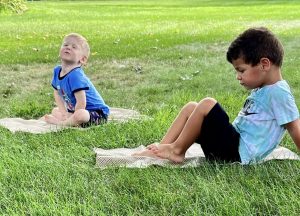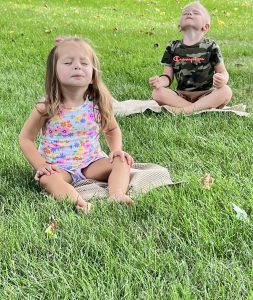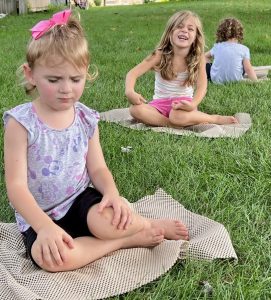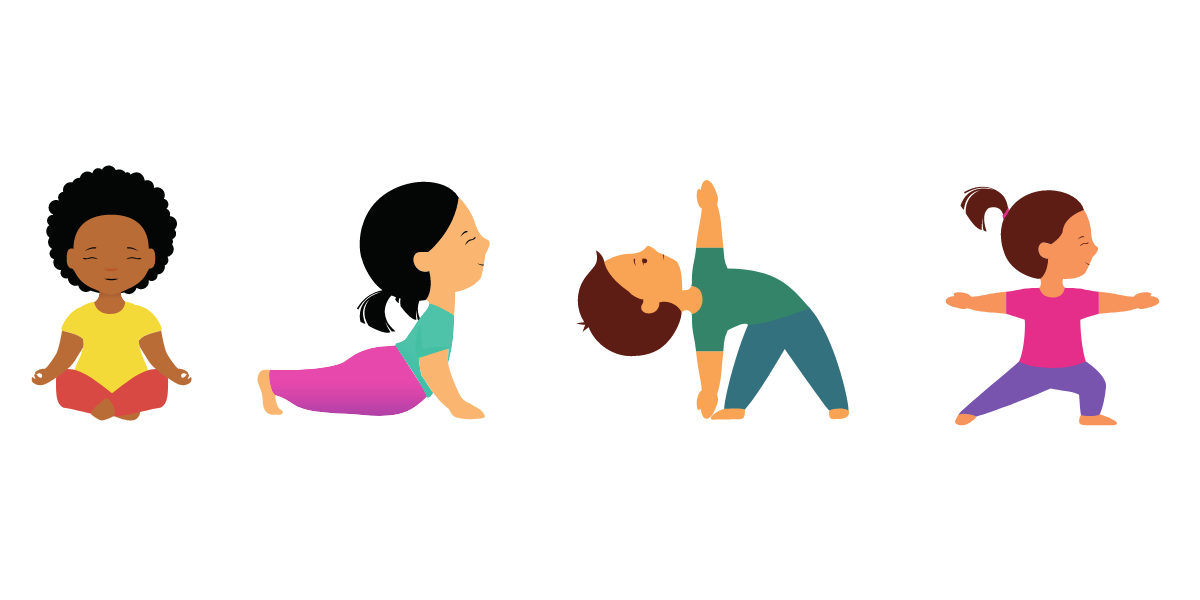When we introduce the practice of mindfulness meditation to children, we provide them with a valuable tool to slow down and become more aware of the world around them. This, in turn, teaches them an important strategy to self-regulate and manage their emotions effectively. With regular practice, mindfulness meditation can help children develop the ability to observe their thoughts and feelings without judgment, which can lead to reduced anxiety and increased emotional regulation. By cultivating mindfulness in children, we equip them with a skill that they can draw on throughout their lives to promote well-being and enhance their overall quality of life.
We begin by slowing down to pay attention with all of our senses to what is happening right now. Then we learn how to take in deep belly breaths in through our nose out through our mouth. We always try to hold the breath for 3 seconds and slowly release it. I always say blow like blowing out a candle. We do this 5 times.
Part of emotional regulation is noticing when we are overwhelmed with big feelings and finding a way to calm our bodies down. Practicing this type of concentration will help children when they need to focus on one task at a time with a clear mind. You can practice slowing down and concentrating on mindfulness we like to take our yoga mats outside.I made our yoga mats by cutting a roll of “grippy” drawer liner, so if you use it inside they won’t slip.
As a group, we answer these questions, one at a time:
What do you see?
What do you hear?
What do you feel?
What do you taste?
What do you smell?
Then together we say our affirmation:
I am here in this moment.
Yoga can help calm and restore the mind and body and it can be a great strategy for helping children become more in touch with their bodies and how to manage their energy. Check out this information about the benefits of yoga with kids from PBS.org:




